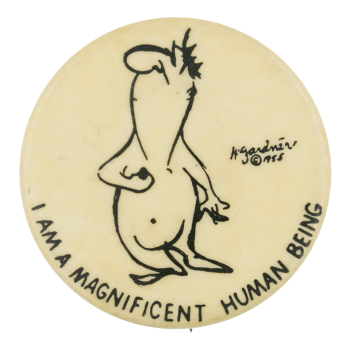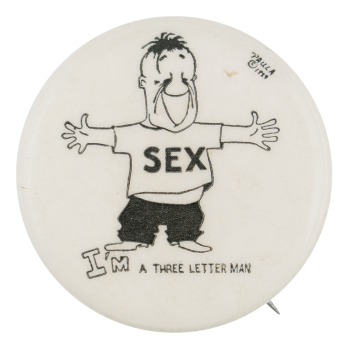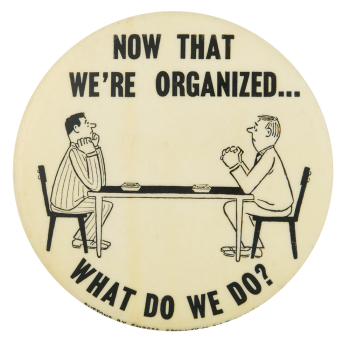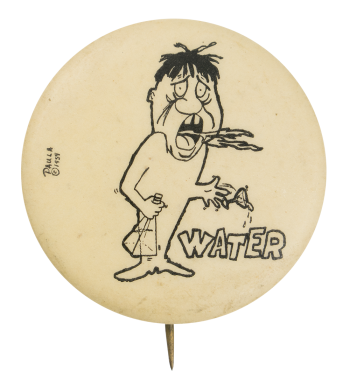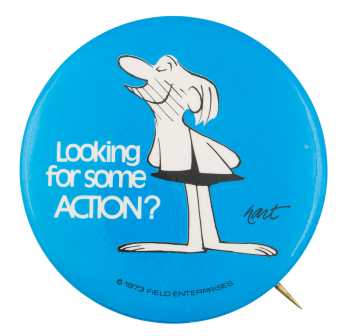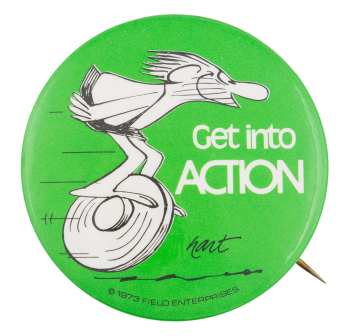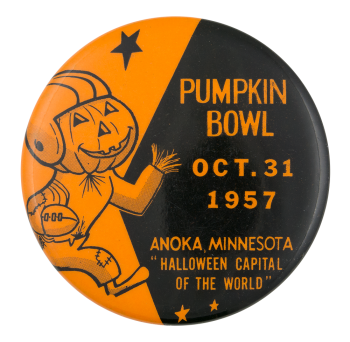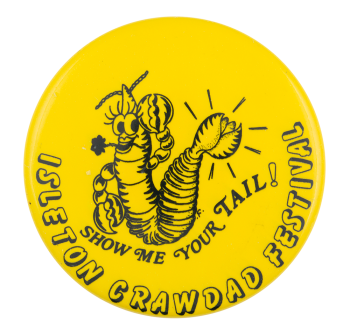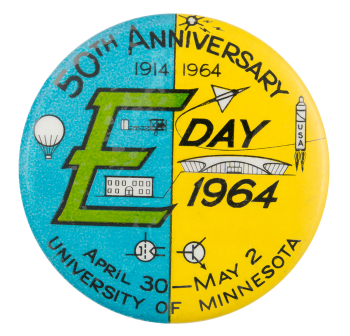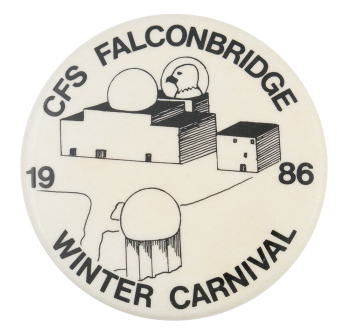I Am a Magnificent Human Being
| Category | |
|---|---|
| Additional Images | |
| Sub Categories | |
| Text on Button | I AM A MAGNIFICENT HUMAN BEING H. GARDNER ©1955 |
| Image Description | Illustration of a person over black text on a white background |
| Curl Text | Bernard Creations Yonkers N.Y |
| Back Style | |
| The Shape | |
| The Size | |
| Year / Decade Made | |
| The Manufacturer | |
| Additional Information | Created by American cartoonist, playwright, and artist, Herb Gardner, The Nebbishes was a syndicated comic strip that was originally picked up by the Chicago Tribune and later syndicated to 60-75 major newspapers across the country. Running on Sundays from 1959-1961, the strip features characters called Nebbishes, which are small white blob-like creatures who often spoke with humorous self-deprecating mottos and sayings. Prior to the comic strip being picked up, the characters were already popular from their appearances on cards, napkins, and wall decorations. Gardner has mentioned in interviews that he used the name Nebbishes because in Yiddish, "nebbish" means an insignificant, pitiful person. |
| Catalog ID | HU0174 |

